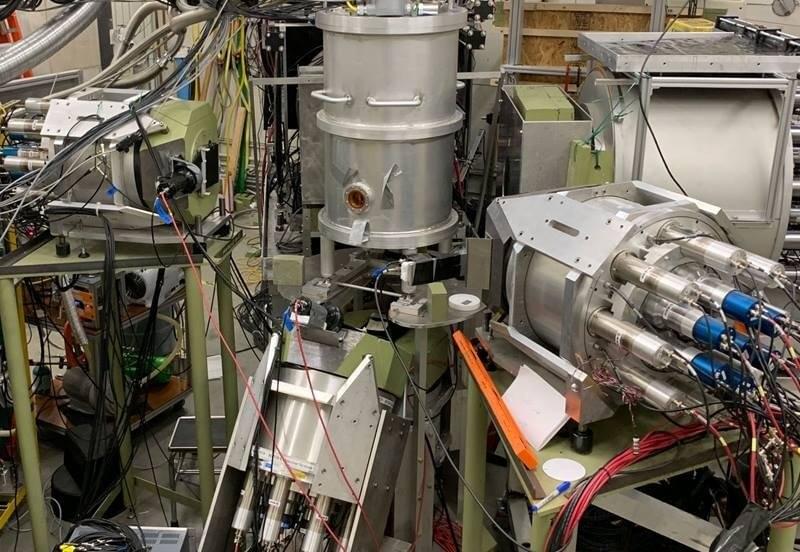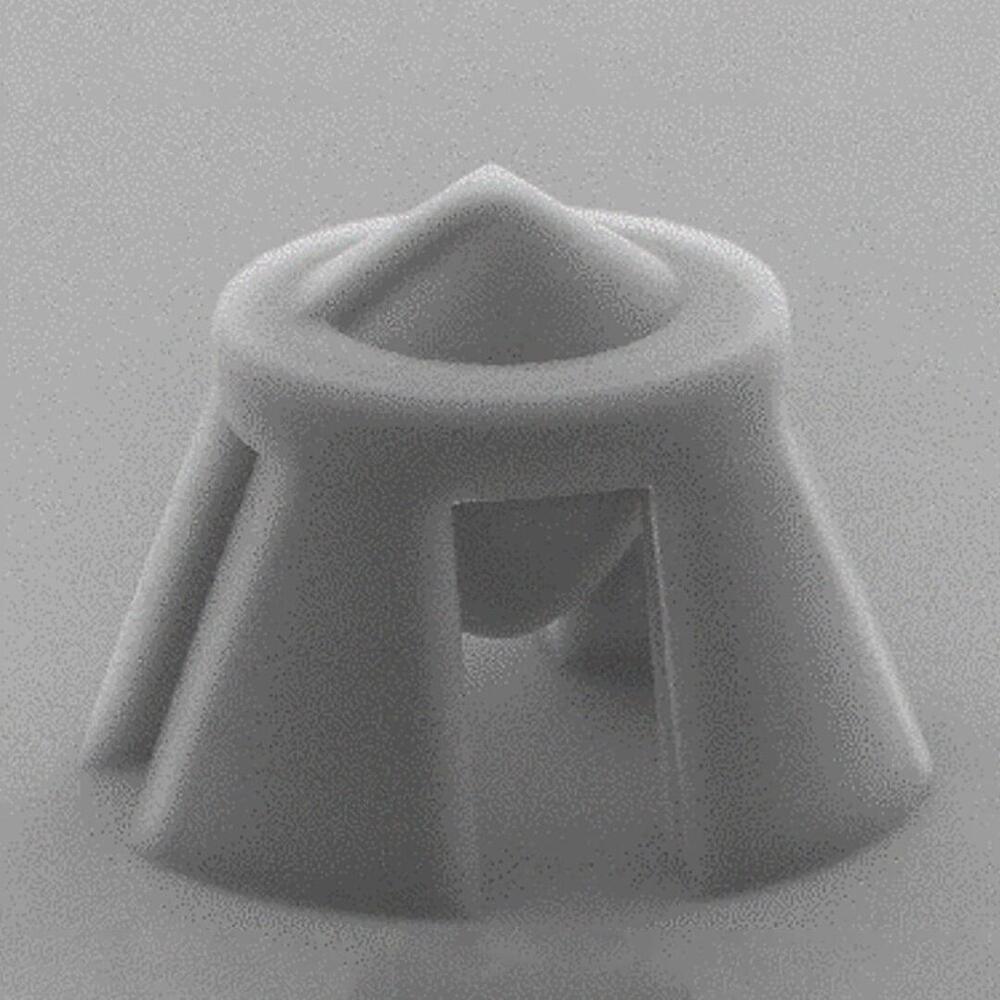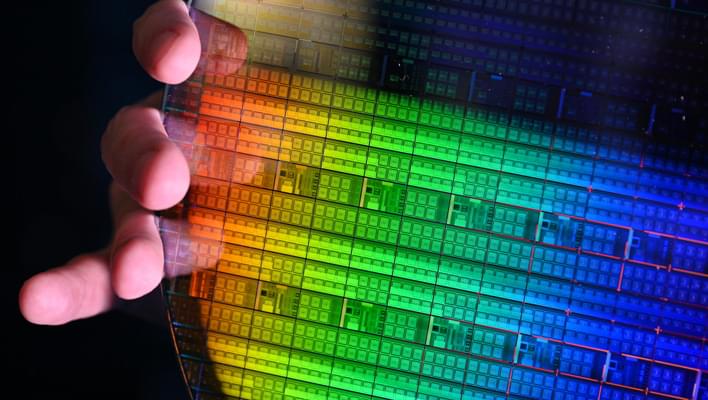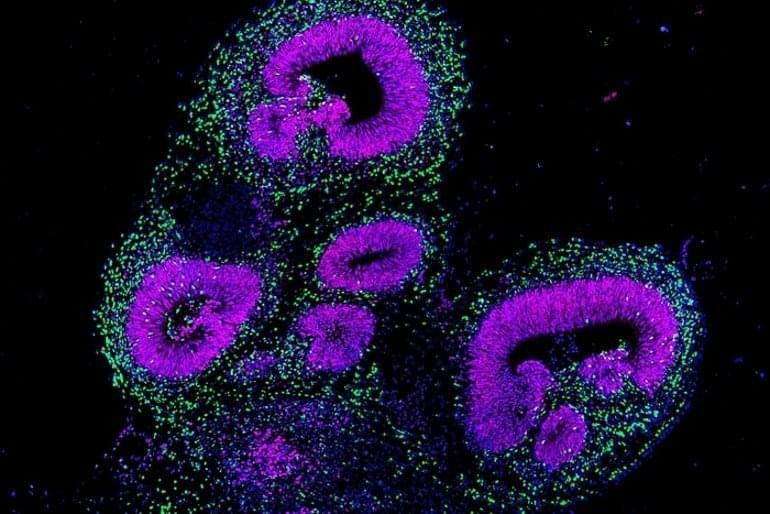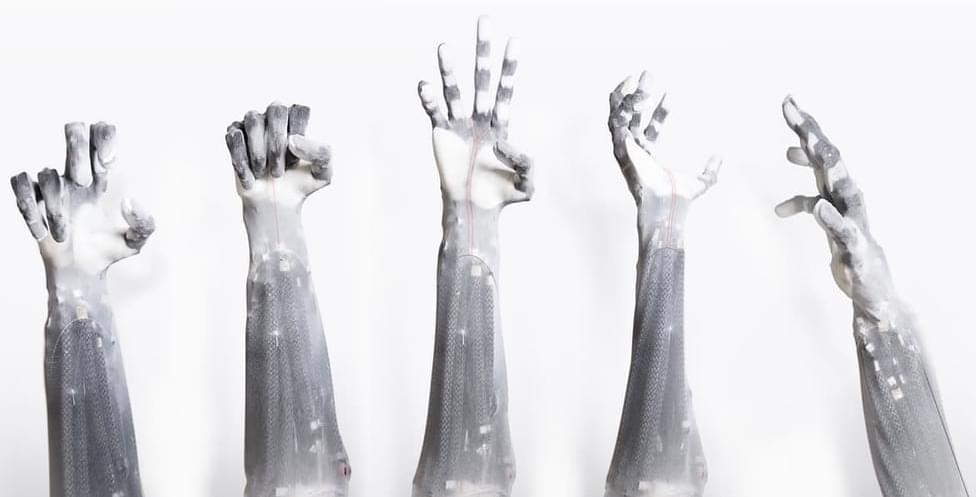Flint tools discovered more than 50 years ago in the Tunel Wielki cave have been dated to half a million years ago. — HeritageDaily — Archaeology News.
An evolutionary approach to consciousness can resolve the ‘hard problem’ – with radical implications for animal sentience by Nicholas Humphrey + BIO.
The proton is a composite particle made up of fundamental building blocks of quarks and gluons. These components and their interactions determine the proton’s structure, including its electrical charges and currents. This structure deforms when exposed to external electric and magnetic (EM) fields, a phenomenon known as polarizability. The EM polarizabilities are a measure of the stiffness against the deformation induced by EM fields. By measuring the EM polarizabilities, scientists learn about the internal structure of the proton.
This knowledge helps to validate scientific understanding of how nucleons (protons and neutrons) form by comparing the results to theoretical descriptions of gamma-ray scattering from nucleons. Scientists call this scattering process nucleon Compton scattering.
When scientists examine the proton at a distance and scale where EM responses dominate, they can determine values of EM polarizabilities with high precision. To do so, they use the theoretical frame of Effective Field Theories (EFTs). The EFTs hold the promise of matching the description of the nucleon structure at low energies to the current theory of the strong nuclear force, called quantum chromodynamics (QCD). In this research, scientists validated EFTs using proton Compton scattering. This approach also validated the framework and methodology that underlie EFTs.
Researchers have shown that 3D laser printing can be used to fabricate a high-quality, complex polymer optical device directly on the end of an optical fiber. This type of micro-optical device—which has details smaller than the diameter of a human hair—could provide an extremely compact and inexpensive way to tailor light beams for a variety of applications.
“Communication technologies, the internet and many other applications are based on optical fibers,” said research team leader Shlomi Lightman from Soreq Nuclear Research Center in Israel. “When light comes out of the fiber, large bulky optical elements are typically used to route it to the next location. Our approach minimizes both the size and cost for this process by integrating the routing process into the fiber itself.”
In the journal Optics Letters, Lightman and colleagues describe how they fabricated the tiny multi-component beam shaper directly onto a fiber. The device turns normal laser light into a twisted Bessel beam that carries orbital angular momentum and doesn’t expand in space like typical light beams.
Intel has just announced a monumental achievement that could make quantum processors available at scale.
Summary: Brain organoids are helping researchers map the molecular, genetic, and structural changes that occur during brain development.
Source: ETH Zurich.
The human brain is probably the most complex organ in the entire living world and has long been an object of fascination for researchers. However, studying the brain, and especially the genes and molecular switches that regulate and direct its development, is no easy task.
Clone Robotics is going to impressive lengths to make sure its “intelligent androids” will have some of the most human-like hands in the business, and watching the way their hydraulic “muscles” move under a transparent skin is absolutely hypnotic.
Recently I had the pleasure of reading what is likely the most terrifying science fiction book series I’ve ever read. I’ve always enjoyed scary stories. As a kid, I read anthologies like goosebumps or scary Stories to Tell in the Dark. But I didn’t know true fear until I encountered the works of Stephen King, and H.P. Lovecraft in my teenage years. Lovecraft’s works opened up such terrifying vistas of thought that I would while reading them become transfixed and filled with ultimate existential dread. The cosmic terrors he wrote about in his stories struck me as somehow realer than the monsters and ghost of goosebumps and that is probably because in truth Lovecraft, being the flawed man he was, was expressing a very simple fear, fear of the unknown. And what is more unknown than the blackness of space. I must admit that not since my early teenage years have I felt such poignant terror while reading as I did when first encountering the work of Lovecraft. That Is until I read the Remembrance of Earth’s past trilogy.
There are three books in this series, The Three-Body Problem, The Dark Forest, and Deaths End, there is also an additional book not written by Cixin Liu himself, called Redemption of Time. The first books in the series The Three-Body Problems start off as a mystery. As the story unfolds it starts to feel as though we are reading the unfolding of some grand conspiracy, a conspiracy written into the fabric of the universe itself. Early on in the story, you find out that scientists around the world have been killing themselves. A note left behind by one of the late scientists, Yang Dong ominously added to the mysteries, saying only:
All the evidence points to a single conclusion: Physics has never existed, and will never exist. I know what I’m doing is irresponsible. But I have no choice.
We base so much of our own perception of what we consider to be reality on what we can observe. We look upon the universe as it is and extrapolate from that point. But what if we will never be able to know the truth about the universe. What if the universal constants are not constant. What if the laws of physics are not laws, what if reality isn’t real. Before we get any further into the video I have to give a spoiler warning. If you have not read the series I highly recommend you stop this video and do so. If you’ve read the series, or just don’t care about spoilers then continue forth. Now we won’t be getting into all of the details of the series, I’ll be giving context to why exactly I think this series is so unnerving.
Get this book: https://amzn.to/3xFTS6P
Cover art: The Fourth Dimension by Marc Simonetti.
The ‘Er’ grouping could help doctors identify and treat some rare cases of blood incompatibility, including between pregnant mothers and fetuses.
Astronomers studying cosmic dust in a spiral galaxy discovered an even more distant galaxy.
And the light being shed, in this case, comes partly from the elliptical galaxy on the left side of the image. Astronomers used Webb and Hubble to watch the light from the elliptical galaxy, which is farther away than its partner, shining through the dusty arms of the spiral galaxy. The two galaxies are close neighbors, but not quite close enough to be in danger of colliding and merging.
In fact, the elliptical galaxy on the left is doing a lot of work in this image. Not only is it backlighting the dust in its neighbor’s spiral arms, but it’s providing a gravitational lens to reveal a distant galaxy that astronomers had never seen before.
A galaxy far, far away — The reddish arc just above and to the left of the elliptical galaxy, at about the 10 o’clock position, is actually another galaxy, stretched and warped by the effects of the gravitational lens, which bends the distant galaxy’s light around the closer elliptical galaxy’s mass. A red dot at about the 4 o’clock position is another refracted image of the same distant galaxy.


